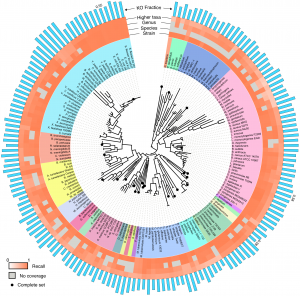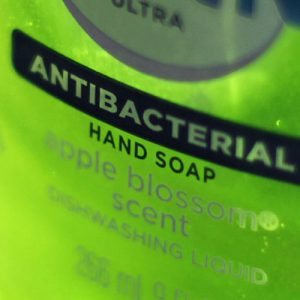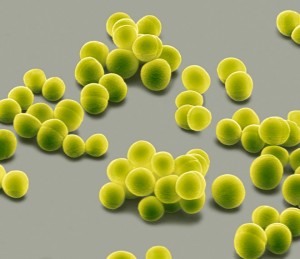Here are my notes from day 2 of the Mothur workshop taught by Pat Schloss (pdschloss at gmail.com) in December 2015. For those who are interested in learning to use Mothur for microbiome studies, Pat will be teaching another one in February. Mothur is better for bacterial characterization than eukaryotes because the sequences are aligned before OTU clustering. This …
Pat Schloss (pdschloss at gmail.com) offers excellent workshops on the Mothur software for analyzing 16S rRNA data for bacteria. He’s just announced the next one (February 8 to 10, 2016 near the Detroit airport). I had the pleasure of attending the December workshop. A diverse and international group attended the workshop, with many folks who are interested in the human microbiome. …
Here is a fun recent article by Vilanova et al. on the coffee machine bacteriome (open access in Nature’s Scientific Reports) that made me wonder why didn’t we think of doing this. In this study, the authors sampled the inner drip tray (below the capsule container) of nine different Nespresso capsule coffee machines. They found that Enterococcus sp. and Pseudomonas sp. were abundant in most …
Sometimes efforts to be environmentally friendly can give rise to microbial challenges. This was nicely described by Katie Dahlhausen in her recent post about water quality about green buildings. Other examples include observations that Legionella pneumophila can be contracted from shower heads and the use of low flow shower heads and lower water temperatures may increase its transmission. Likewise, wastewater (e.g., Environmental and …
A new paper just came out from Dunn et al about how urban stress effects microbial communities in Manhattan. Urban structures can provide barriers to species movement and create islands of life, both for macro- and microscopic creatures. Here, they sampled soil bacterial and fungal species, as well as ant communities, from small road medians and large …
A study appearing yesterday in the Journal of Antimicrobial Chemotherapy by Min-Suk Rhee et al. found that while triclosan hand soap did kill bacterial after 9 hours, most people wash their hands for about twenty seconds and then rinse the soap off. In these circumstances, the antibacterial properties of the soap won’t do anything. Triclosan works …
. Sarah Zhang at Wired has updated her post from three years ago about bacteria in her apratment with reference to a new study just published from the Wildlife of Your Homes study of bacteria and fungi in homes. Definitely worth a look. Source: What I Learned From Sequencing the Bacteria in My Apartment | …
This article on the website of Michigan Radio had an intriguing title. Detective work traces bacteria in Michigan rivers back to leaky septic tanks – Rebecca Williams – Michigan Radio This is a nice story illustrating how the detection of marker bacteria can be used to track contamination of rivers and other environments with fecal matter, …
Appropriate song to play while reading this post: Mat Kearney – Breathe In, Breathe Out This paper came out last month, and I thought it would be nice to briefly mention it here, even though many other papers have looked at the concentrations of airborne bacteria and viruses as well. In this study, done by Aaron Prussin …
By Amanda Makowiecki Miller Research Group University of Colorado, Boulder With drug resistant bacteria becoming a growing problem, alternative methods are being pursued to decontaminate air and surfaces; ultraviolet germicidal irradiation (UVGI) is one of these methods. UVGI uses short wavelength light in order to disrupt the genetic material of microorganisms, this disruption either kills …



